-
Windows
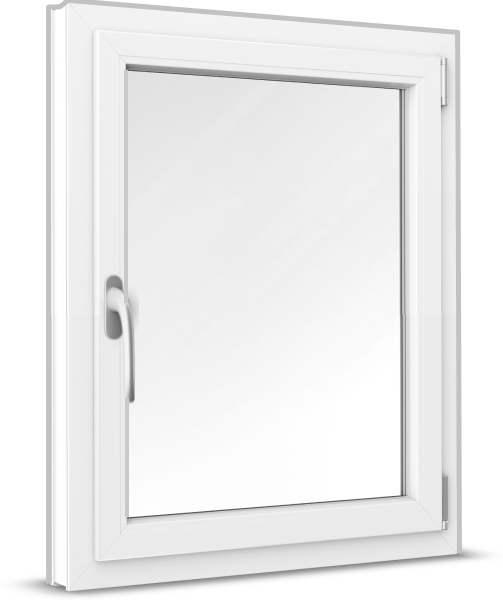 Windows
Windows
-
French Doors
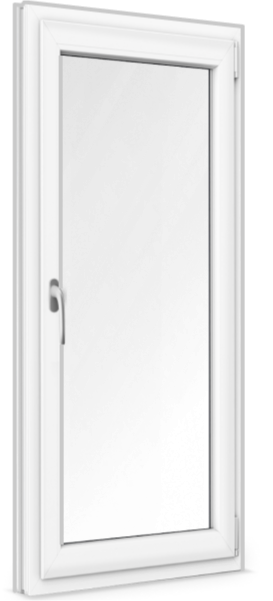 French Doors
French Doors
-
Patio Doors
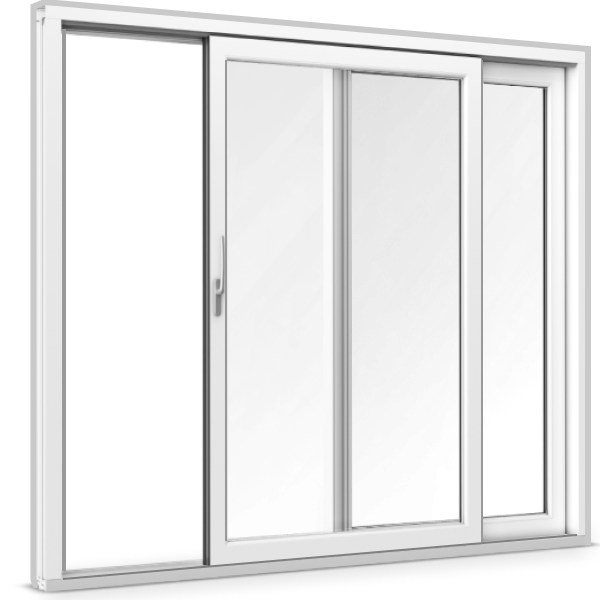 Patio Doors
Patio Doors
-
Front Doors
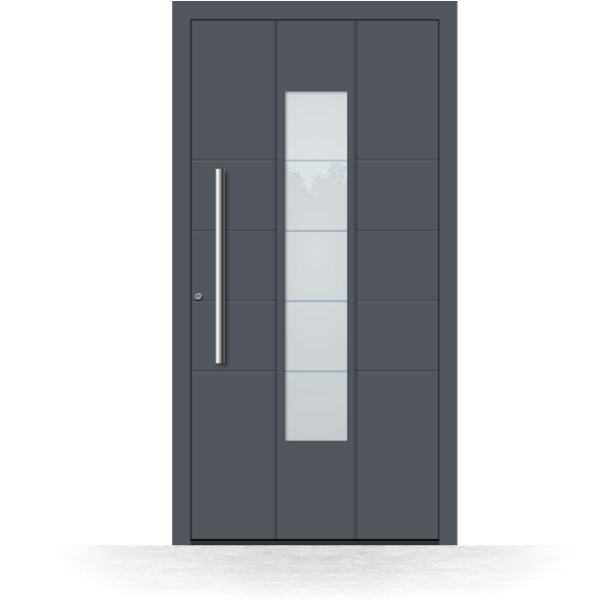 Front Doors
Front Doors
-
Roller Shutters
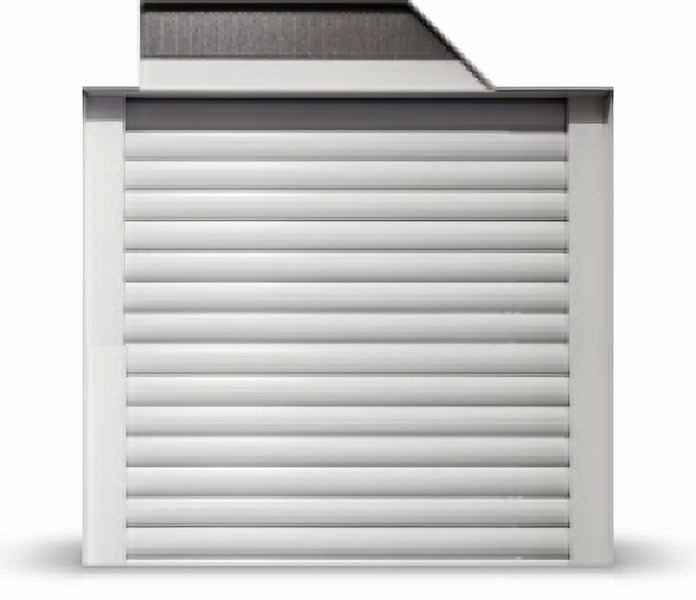 Roller Shutters
Roller Shutters
-
Window Sills
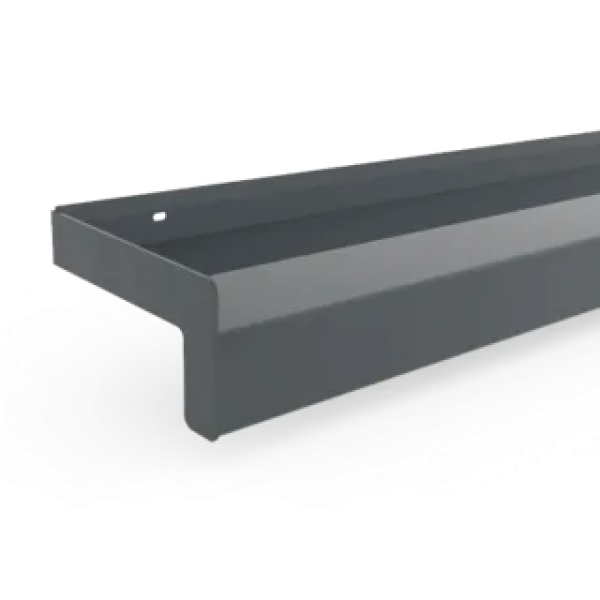 Window Sills
Window Sills
-
Sign in
Contact us
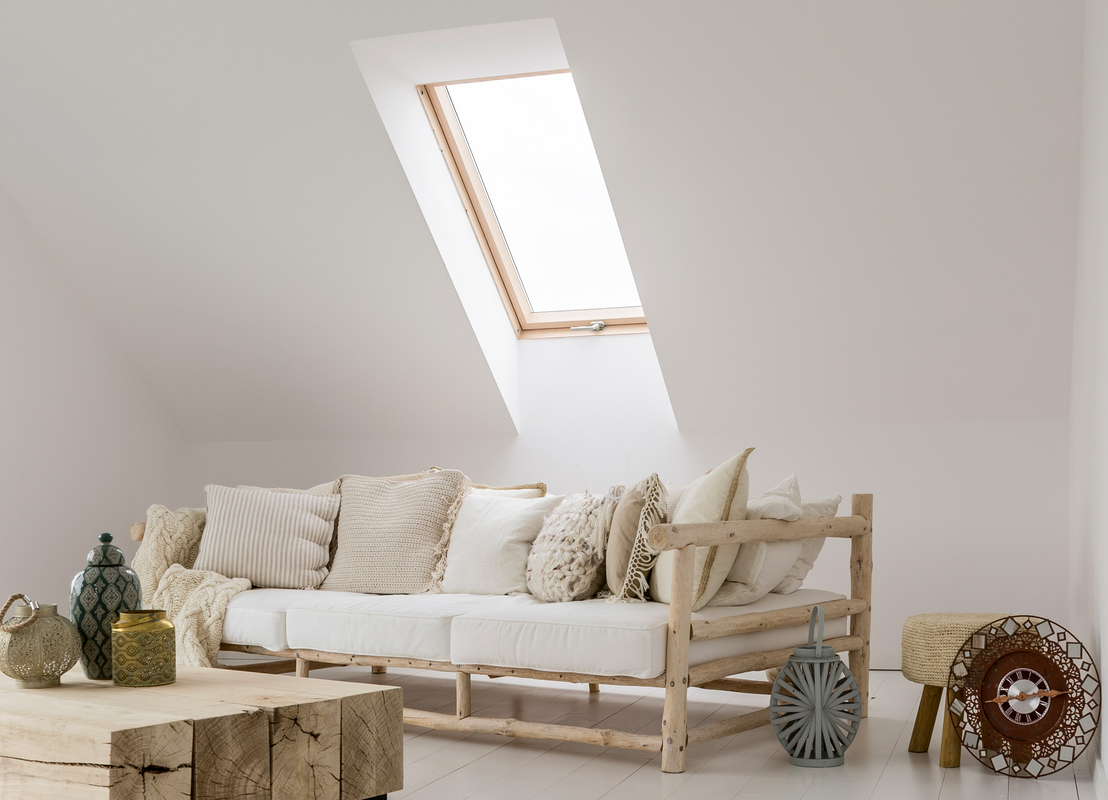
With their origins in ancient Rome, skylights were originally round openings in roofs, fully exposed to the elements. Nowadays, closed with glazing and equipped with quality features, such as sashes and strong hinges, they protect and insulate interiors while supplying much light and necessary fresh air. Different types of and terms for skylights have also developed, from a fixed panel 'rooflight' to 'loft windows' with their various opening mechanisms.
A quality roof window or skylight is purpose-designed with seals, secure openings, made-to-measure dimensions, and strong fittings. Such features have the windows provide the following:
Plentiful supply of natural light to the interior room
Excellent ventilation options
Superior weather-resistance, insulation, and durability
A wide range of materials and customisable features
In terms of materials, the two most common frame options for a roof window are wood and uPVC. The final decision will come down to individual preferences and needs. A timber roof window adds beautiful woodgrain patterns and warmth, for example, while ensuring natural sturdiness.
uPVC, on the other hand, is particularly low-maintenance and can offer enhanced roof insulation thanks to the chambers integrated in its interior profile space. For both roof window frame options, aluminium cladding is then commonly used on the exterior for additional protection against the elements.
Roof windows are commonly available with two different opening mechanisms – the centre pivot system and the top hung sash. These openings can be used for both flat roof windows and steep sloping skylight products of different sizes and fill the interior space with more light.
The centre pivot system is hinged at its middle axis and can be opened as the user wishes. For windows in lower ceilings or for those who order an extendable rod, a manual opening with a lockable handle is a budget-friendly, secure option here.
A centre pivot opening, especially one that is more out of reach, can also often come with an electric mechanism though, controlled by a manual remote control.
The other option for roof windows, the top hung sash mechanism, has the window hinged from its upper frame. The user can then open the rooflight out to approximately 62 degrees. Although this can be a slightly smaller opening than that which is possible with a centre pivot system, a top hung sash rooflight can be more affordable and still provides good, secure ventilation. The system is also available with a manual and electric option.
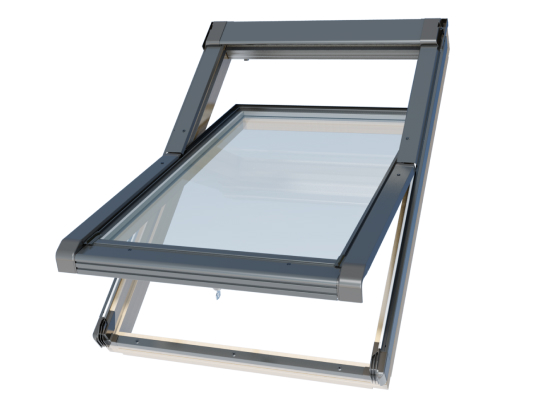
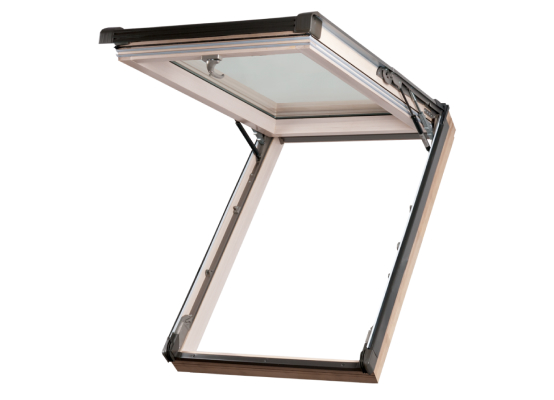
Whatever mechanism is chosen for a roof window, the manual or automatic, centre pivot and top-hung sash systems all commonly feature quality seals to prevent cold drafts or entry of rain. Accurate and careful roof window installation is, however, also an important prerequisite to ensure maximum performance here.
Roof windows can commonly come in custom sizes and are available with a large range of bespoke options, allowing them to be perfectly tailored to individual design preferences and functional window requirements.
Thanks to its large surface area, high-performing rooflight glass is an important feature of a quality roof window, and different variants can be chosen from. Those prioritising energy efficiency may wish to upgrade from double to triple glazing, for example. This would have the glass feature three panes, rather than two, which makes it thicker.
Energy loss from interiors via conduction in cooler months is therefore kept to a minimum, while undesirable entry of solar heat and radiation is reduced during warmer spells. This has roof windows provide excellent insulation and helps to maintain a comfortable interior temperature year-round.
A further roof window feature that can often be customised is the frame. A variety of colours are commonly available, for example, which means the rooflight can blend in or contrast well with the roof or building exterior. The finishes also tend to be very weather-resistant and reflect solar radiation well to retain vibrancy for many years.
Another option that is then often offered with a rooflight is the possibility to add various manual blinds or an automatic roller shutter.
This is particularly ideal for roof windows installed in bedrooms where additional darkness may be required during summer evenings for restful sleep.